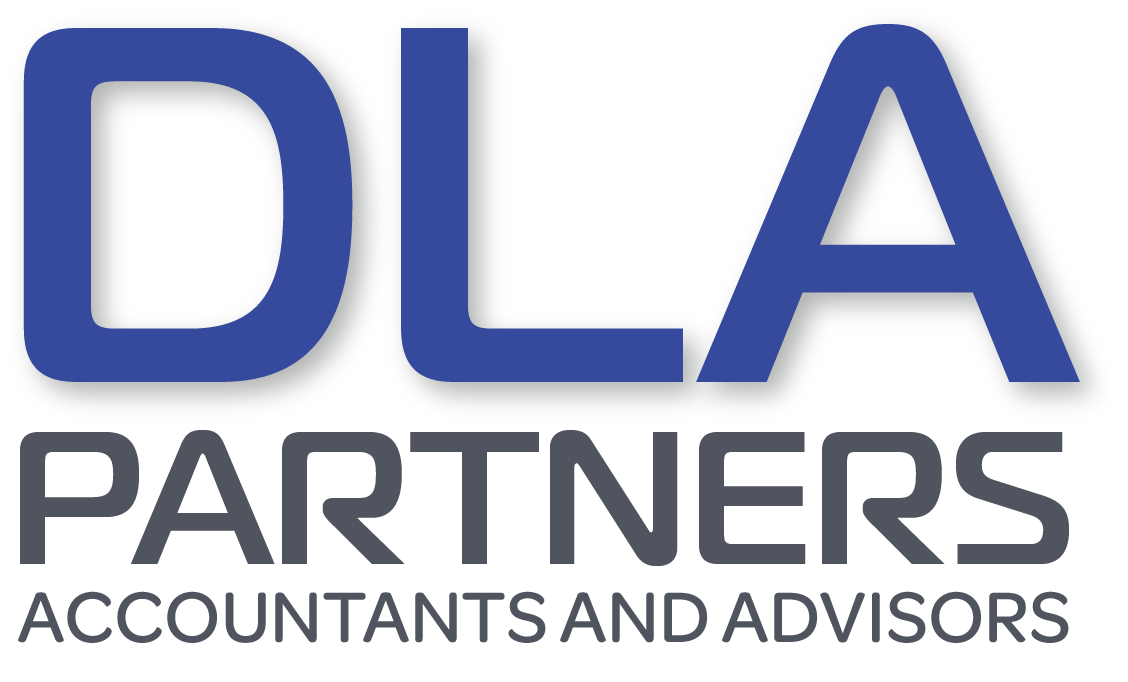Do you ever get to the end of a work day and wonder where time went? You barely dented your list, let alone completed it. Delegation is a great way to free up time. Pass projects to existing team members, new recruits, or to outside contractors. But, is it that simple?
What is the art of delegation?
We say ‘art’ because delegation is not an exact science; different approaches are needed depending on who’s tackling your task. Delegating work effectively requires effort and time. The initial time invested to handover the task is greater than if you simply did the job yourself.
This ‘It’s faster to do it myself’ mindset is a productivity trap. It often prevents the development of new and better methods. If you teach someone your way, they can master it and add their own value… they’re also likely to appreciate the opportunity for personal development and be more engaged in their role.
Delegation must not be confused with abdication.
You are still ultimately responsible for the task. But responsibility and doing are not the same. Here are some differences between delegation and abdication:
What abdication looks like:
- Issue task to anyone and forget about it. This causes distrust and lack of respect.
- Give unclear (or little) information. Giving ‘free rein’ typically causes poor ongoing communication and lots of assumptions.
- Assume the team member immediately understood the task and expectations. This causes procrastination, re-work and low productivity.
- Don’t set a timeframe. This causes delays and budget blow outs.
- Don’t review outcomes. This causes resentment and increased likelihood of future mistakes and issues.
What delegation looks like:
- Assess the task, assign the right person and support them. This will build trust and respect.
- Communicate clearly and specifically, using language and methods that resonate with the individual. This will build a stronger connection.
- Request the team member repeat back instructions to ensure they have clarity. This will minimise procrastination and re-work, and increase productivity.
- Set a clear timeframe and request notification when the task is complete. This increases the likelihood of the task being completed on time.
- Review outcomes with the team member. Taking time to discuss what went well and what could be improved will improve future outcomes for all involved.
Create your delegation to-do list:
- Which tasks could I delegate?
- Who can I delegate them to? Ensure these tasks are part of their career development.
- What training is needed?
- What’s expected of each task and what is the best process? What systems should be created?
- How can I support for improved productivity? Are weekly check-ins required to ensure success?
“No person will make a great business who wants to do it all himself or get all the credit.” – Andrew Carnegie
Delegation is a skill you can learn. It’s also an investment in your people, and your time freedom.
Get in touch if you’re interested in improving your systems for a more productive and profitable business.
This information does not constitute financial or legal advice and is for general information purposes only. Please contact DLA Partners for specific advice relating to your particular circumstances.

